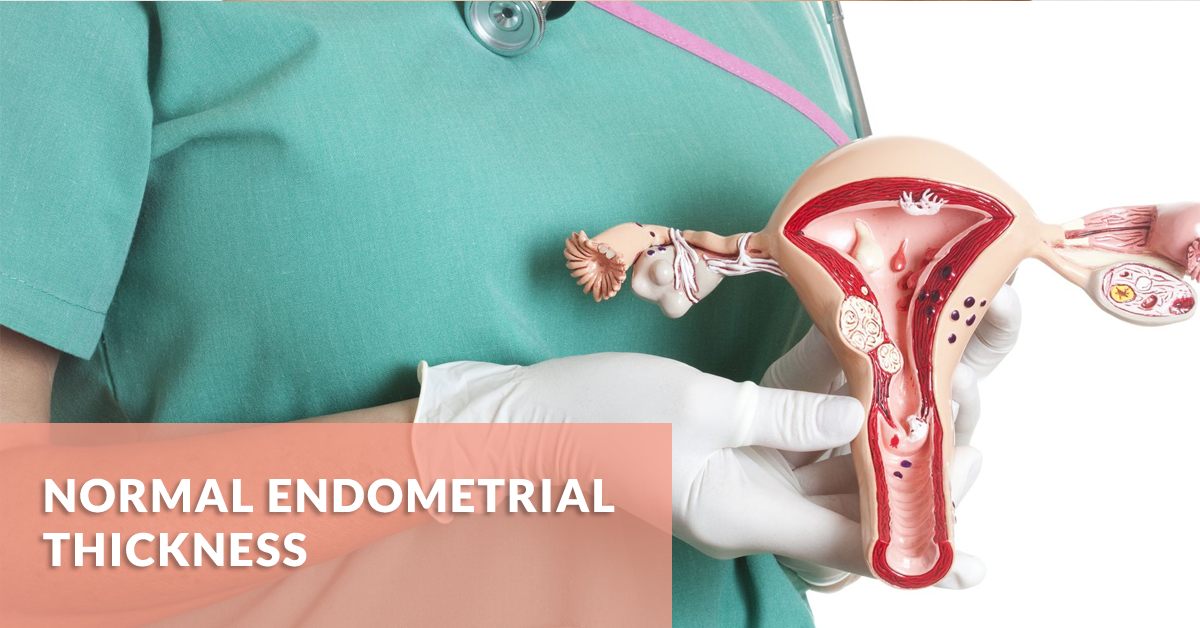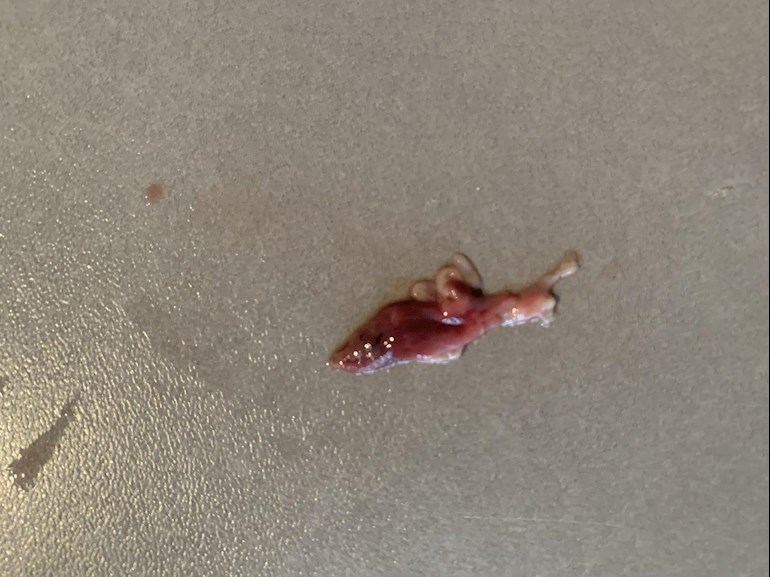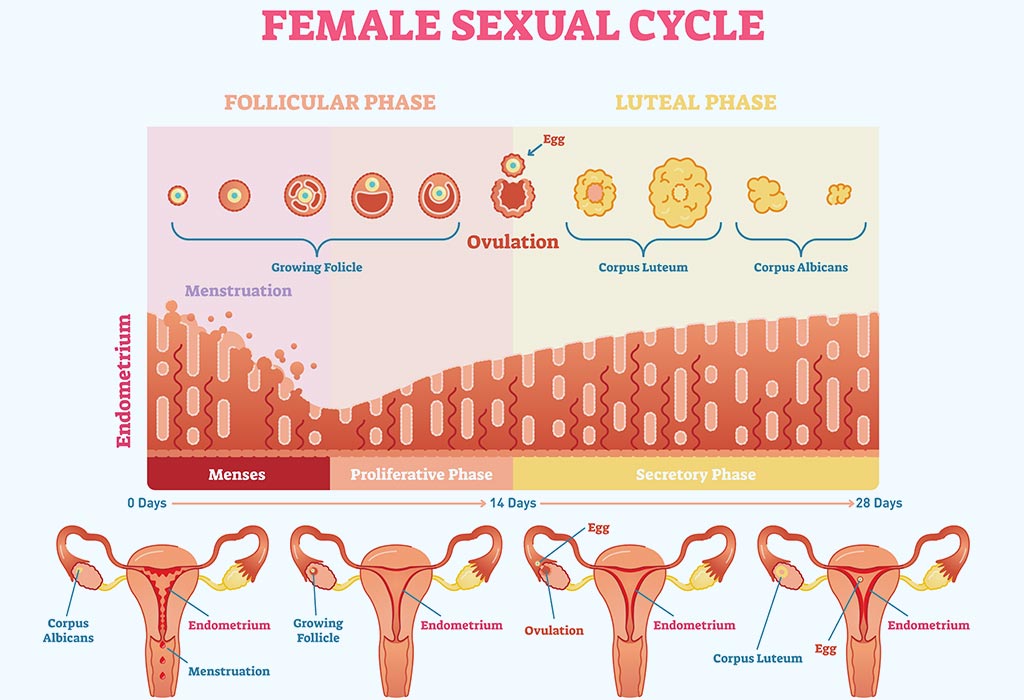Uterine Lining Discharge During Pregnancy
Uterine Lining Discharge During Pregnancy - An increase in vaginal discharge is relatively common during pregnancy, and usually totally benign. This is caused by the extra. Maternity discharge, also known as pregnancy discharge, is a natural physiological process that begins early in pregnancy. When or before you first discover you’re pregnant, you may notice an increase in vaginal discharge. Our experts explain how to.
When or before you first discover you’re pregnant, you may notice an increase in vaginal discharge. Our experts explain how to. An increase in vaginal discharge is relatively common during pregnancy, and usually totally benign. Maternity discharge, also known as pregnancy discharge, is a natural physiological process that begins early in pregnancy. This is caused by the extra.
When or before you first discover you’re pregnant, you may notice an increase in vaginal discharge. This is caused by the extra. An increase in vaginal discharge is relatively common during pregnancy, and usually totally benign. Our experts explain how to. Maternity discharge, also known as pregnancy discharge, is a natural physiological process that begins early in pregnancy.
Endometrium Lining Discharge
This is caused by the extra. Our experts explain how to. When or before you first discover you’re pregnant, you may notice an increase in vaginal discharge. An increase in vaginal discharge is relatively common during pregnancy, and usually totally benign. Maternity discharge, also known as pregnancy discharge, is a natural physiological process that begins early in pregnancy.
Does A Thick Uterine Lining Mean Pregnancy PregnancyWalls
An increase in vaginal discharge is relatively common during pregnancy, and usually totally benign. Maternity discharge, also known as pregnancy discharge, is a natural physiological process that begins early in pregnancy. This is caused by the extra. Our experts explain how to. When or before you first discover you’re pregnant, you may notice an increase in vaginal discharge.
A Guide to Vaginal Discharge during Pregnancy Pregamate
An increase in vaginal discharge is relatively common during pregnancy, and usually totally benign. This is caused by the extra. When or before you first discover you’re pregnant, you may notice an increase in vaginal discharge. Maternity discharge, also known as pregnancy discharge, is a natural physiological process that begins early in pregnancy. Our experts explain how to.
The Decidua Is The Uterine Maternal Lining Of The Placenta During
This is caused by the extra. When or before you first discover you’re pregnant, you may notice an increase in vaginal discharge. Maternity discharge, also known as pregnancy discharge, is a natural physiological process that begins early in pregnancy. An increase in vaginal discharge is relatively common during pregnancy, and usually totally benign. Our experts explain how to.
Yellow Discharge During Pregnancy
Our experts explain how to. An increase in vaginal discharge is relatively common during pregnancy, and usually totally benign. When or before you first discover you’re pregnant, you may notice an increase in vaginal discharge. This is caused by the extra. Maternity discharge, also known as pregnancy discharge, is a natural physiological process that begins early in pregnancy.
Endometrium Lining Discharge
Our experts explain how to. When or before you first discover you’re pregnant, you may notice an increase in vaginal discharge. An increase in vaginal discharge is relatively common during pregnancy, and usually totally benign. Maternity discharge, also known as pregnancy discharge, is a natural physiological process that begins early in pregnancy. This is caused by the extra.
Male Infertitlity Mansoor Medical For Women's Health
This is caused by the extra. Our experts explain how to. An increase in vaginal discharge is relatively common during pregnancy, and usually totally benign. Maternity discharge, also known as pregnancy discharge, is a natural physiological process that begins early in pregnancy. When or before you first discover you’re pregnant, you may notice an increase in vaginal discharge.
Brown Discharge During Pregnancy 10 Top Causes, Symptoms and Treatment
When or before you first discover you’re pregnant, you may notice an increase in vaginal discharge. An increase in vaginal discharge is relatively common during pregnancy, and usually totally benign. Maternity discharge, also known as pregnancy discharge, is a natural physiological process that begins early in pregnancy. Our experts explain how to. This is caused by the extra.
Does A Thick Uterine Lining Mean Pregnancy PregnancyWalls
Maternity discharge, also known as pregnancy discharge, is a natural physiological process that begins early in pregnancy. When or before you first discover you’re pregnant, you may notice an increase in vaginal discharge. This is caused by the extra. Our experts explain how to. An increase in vaginal discharge is relatively common during pregnancy, and usually totally benign.
Endometrium Lining Discharge
An increase in vaginal discharge is relatively common during pregnancy, and usually totally benign. Maternity discharge, also known as pregnancy discharge, is a natural physiological process that begins early in pregnancy. Our experts explain how to. This is caused by the extra. When or before you first discover you’re pregnant, you may notice an increase in vaginal discharge.
When Or Before You First Discover You’re Pregnant, You May Notice An Increase In Vaginal Discharge.
This is caused by the extra. Maternity discharge, also known as pregnancy discharge, is a natural physiological process that begins early in pregnancy. Our experts explain how to. An increase in vaginal discharge is relatively common during pregnancy, and usually totally benign.




:max_bytes(150000):strip_icc()/VWH_Illustration_A-Guide-to-Discharge-Color-During-Pregnancy_Illustrator_Katie-Kerpel_Final-c2f81059281e443f9f3b6bf19229a7bb.jpg)




